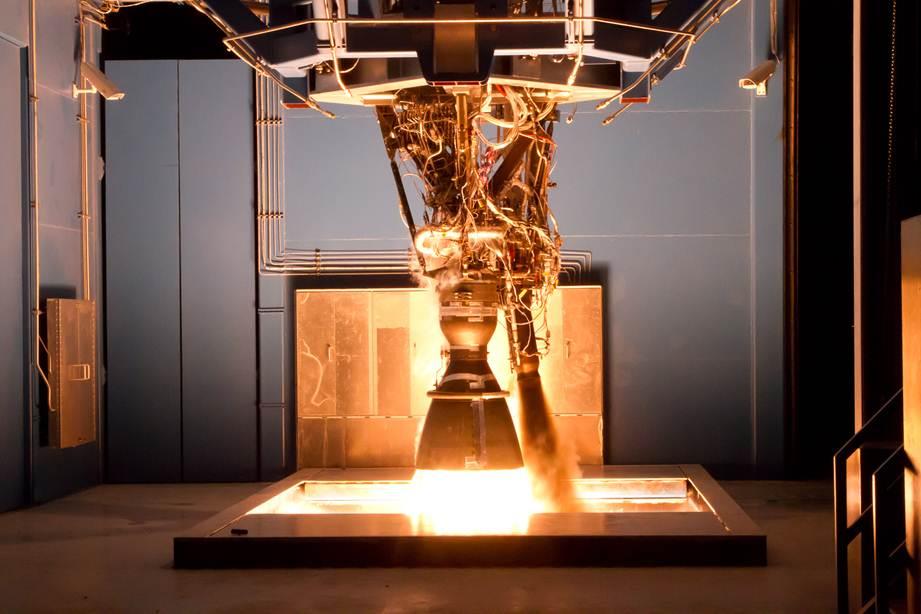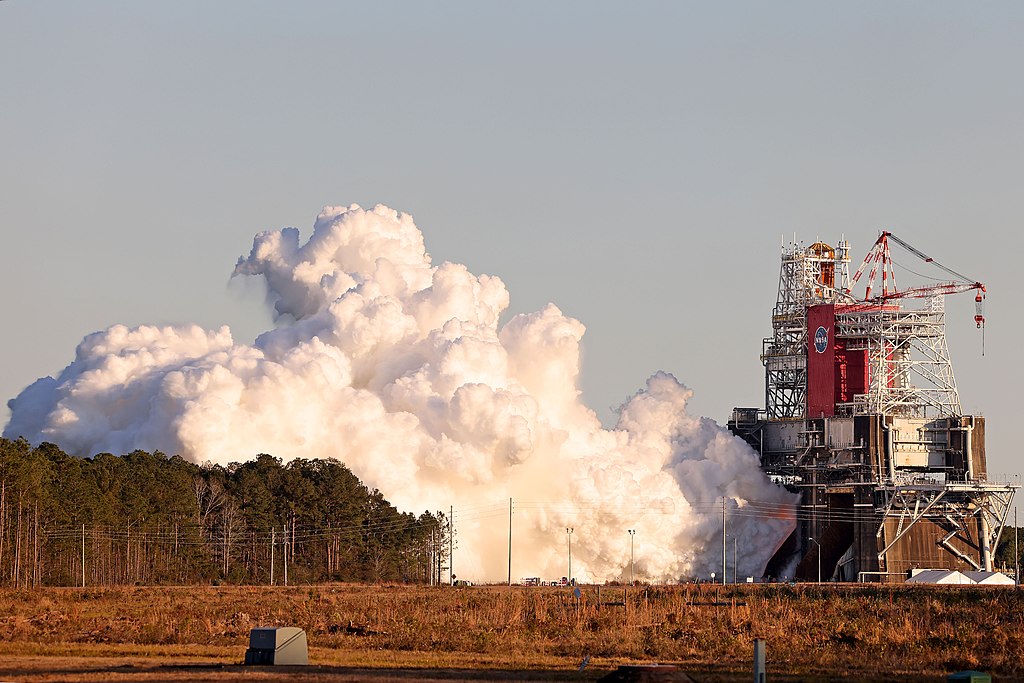In the high-stakes world of aerospace propulsion testing, precision and reliability are paramount. To meet these critical demands, NASA relies on a powerful LabVIEW–based software application called the NASA Data Acquisition System (NDAS).
NDAS stands as a versatile solution that transcends hardware differences, providing a common user interface and consistent foundation for aerospace propulsion testing. In this post, we will learn what NDAS is and how it plays a pivotal role in rocket engine testing.

How NDAS Works
NDAS is a powerful and flexible tool that can be used to collect and analyze data from a wide range of sensors. It is particularly well-suited for applications where complex data acquisition and control requirements must be met, such as rocket engine testing. The system boasts an array of features that make it an indispensable tool in the world of aerospace propulsion testing:
Real-time Data Visualization: NDAS offers real-time data visualization capabilities, allowing engineers to monitor crucial parameters as tests progress. This live feedback is vital for ensuring test safety and achieving precise results.
Data Recording in Multiple Formats: The software allows data to be recorded in various formats, ensuring compatibility with different analysis tools and facilitating the sharing of test data among different teams and facilities.
Calibration Capabilities: NDAS provides both short-term and long-term acquisition system calibration capabilities. This feature is essential for maintaining data accuracy and consistency throughout extended testing campaigns.
Test Stand Configuration Control: NDAS allows engineers to configure and control critical aspects of rocket engine test stands. This flexibility is crucial when working with different engines and testing scenarios.
Data Post-Processing: After data acquisition, NDAS supports a variety of data post–processing capabilities. Engineers can analyze and extract valuable insights from the collected data for further research and development.

NDAS in Action
NDAS is widely used by NASA in various propulsion test applications:
Space Launch System (SLS) Testing: At NASA’s Stennis Space Center in Mississippi, NDAS plays a pivotal role in testing the Space Launch System rocket engines. SLS is set to become the most powerful rocket ever built, designed for missions to the Moon and beyond.
J-2X Rocket Engine: NASA’s Marshall Space Flight Center in Alabama utilizes NDAS for testing the J-2X rocket engine. This engine is a modern version of the J-2 engine that powered the Apollo Saturn V rocket and is intended for use in the upper stage of the SLS rocket.
Hypervelocity Asteroid Mitigation Mission (HAMMER): NASA’s Ames Research Center in California employs NDAS in testing the Hypervelocity Asteroid Mitigation Mission (HAMMER) concept. HAMMER is a proposed mission aimed at deflecting potentially hazardous asteroids on a collision course with Earth.
The NASA Data Acquisition System (NDAS) stands as an essential tool in NASA’s rocket engine testing program. Its ability to provide real-time data visualization, data recording in multiple formats, calibration capabilities, test stand configuration control, and data post-processing make it a versatile and indispensable asset.
Thanks to the LabVIEW platform, NDAS helps NASA engineers collect and analyze the data necessary to develop and test safe and reliable rocket engines. In the ever-evolving world of aerospace, NDAS continues to play a critical role in advancing the boundaries of human exploration beyond our planet.







